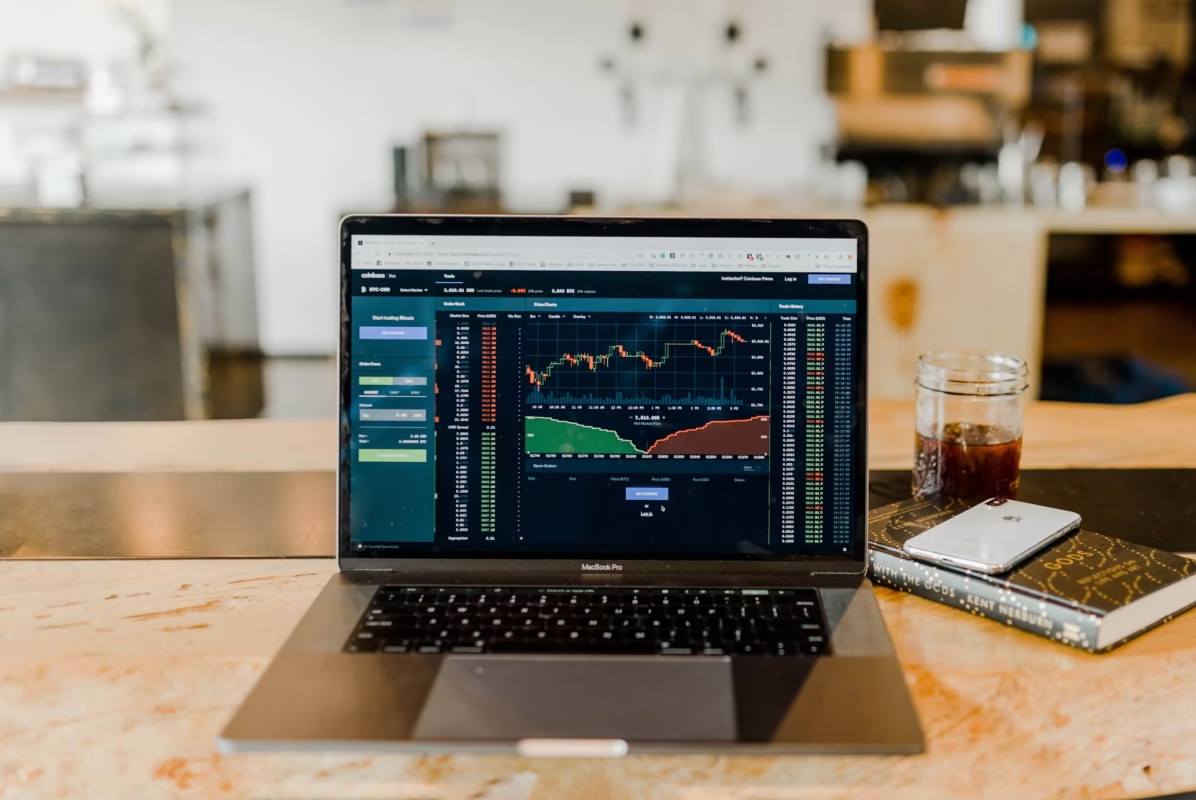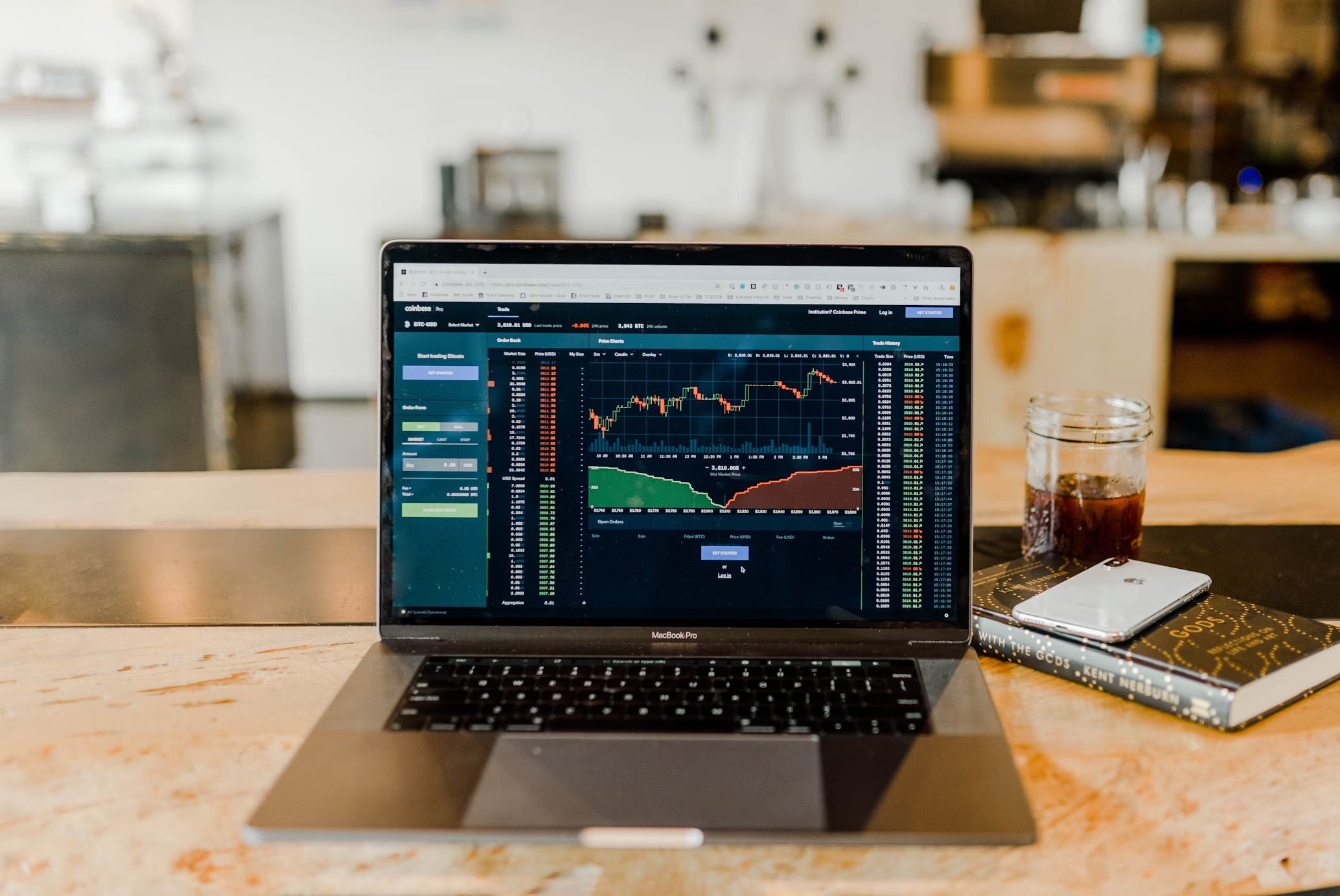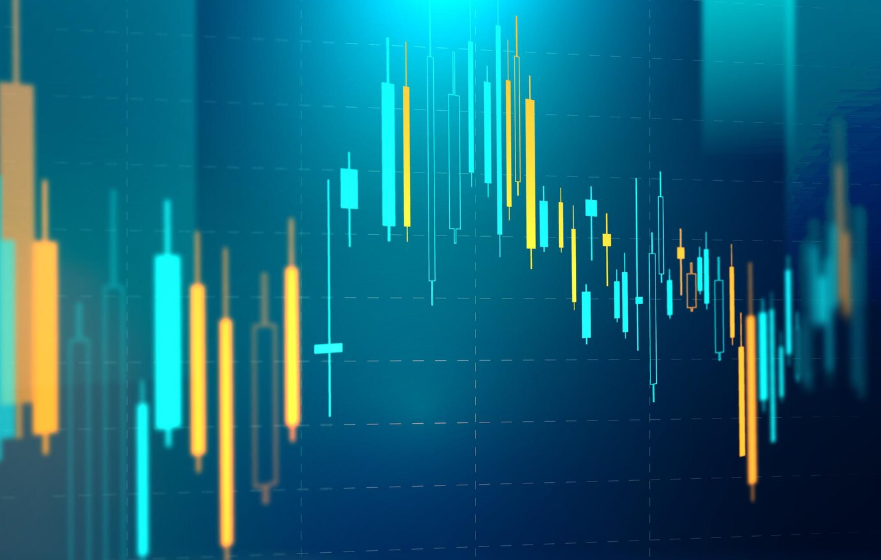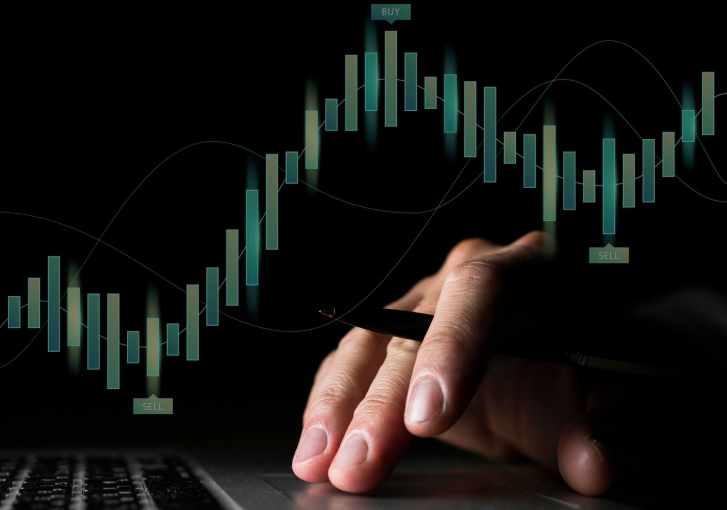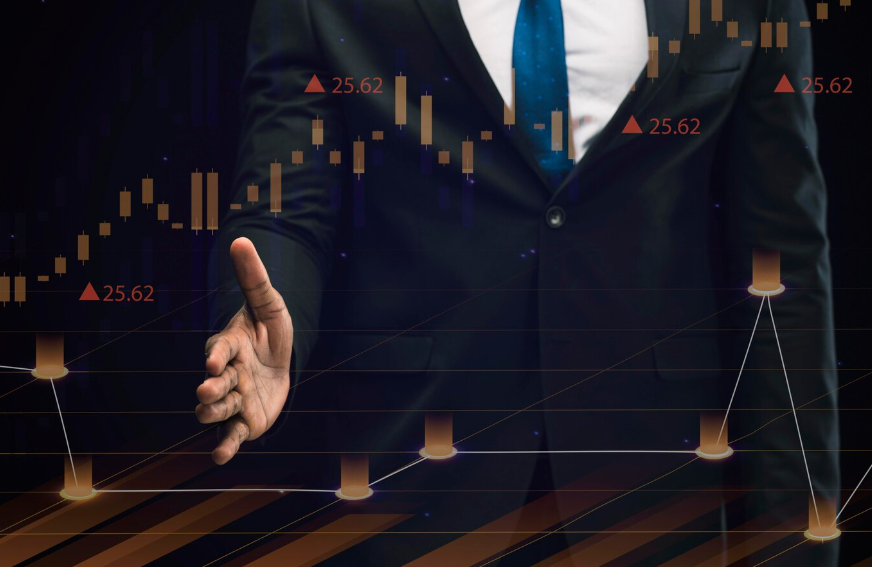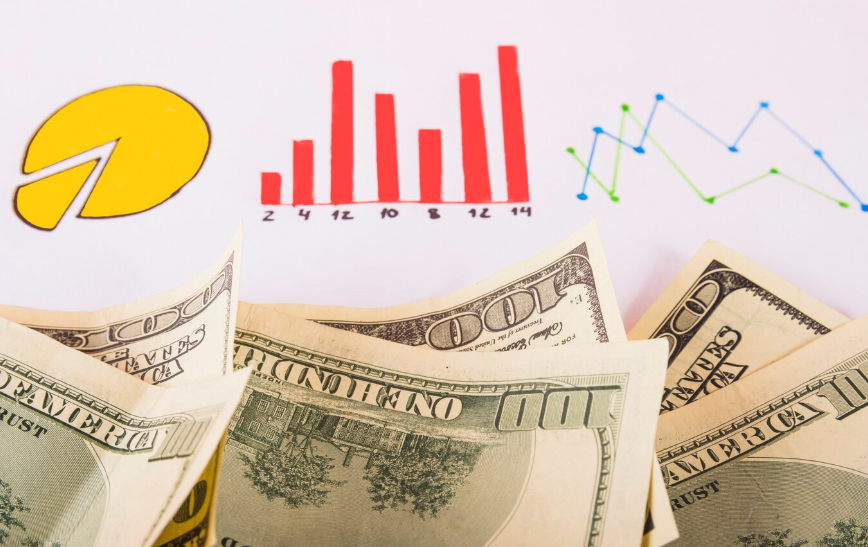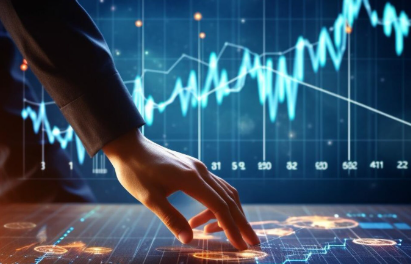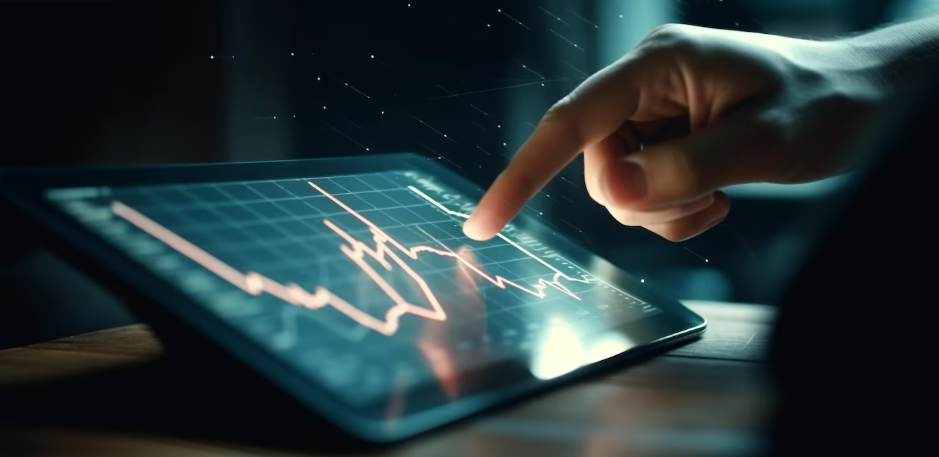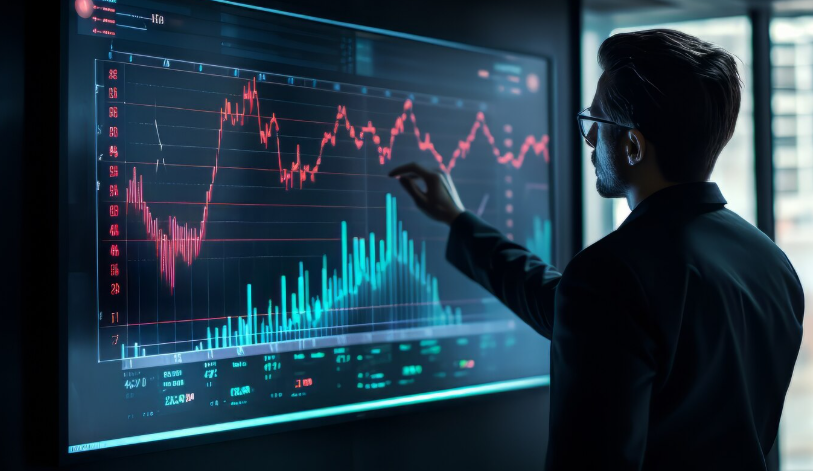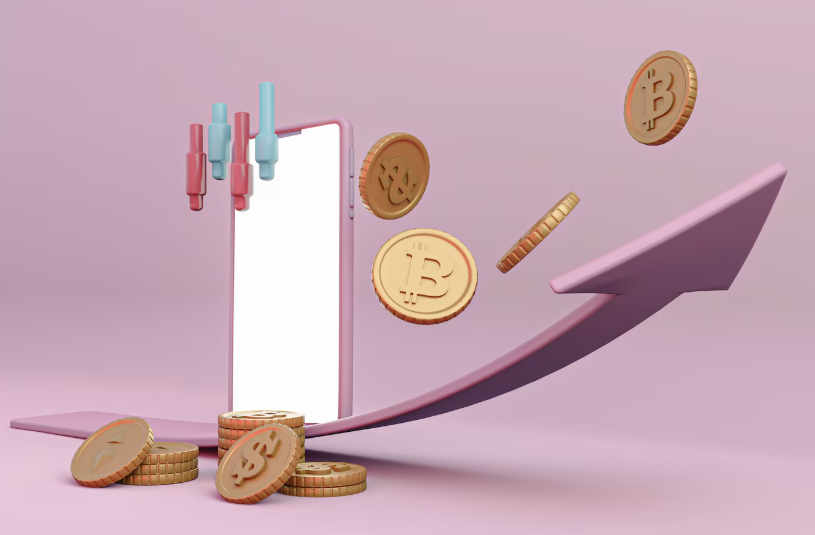In the blink of an eye, millions of clicks, likes, and shares happen across the internet every minute. From double-tapping a friend’s vacation photo to sharing a thought-provoking article, digital engagement has become a fundamental part of our daily lives. But have you ever paused to consider why we do it? What psychological forces are at play that compel us to interact with the vast ocean of online content?
It turns out, our digital habits are deeply rooted in fundamental human needs and intricate brain mechanisms. Let’s dive into the fascinating psychology behind why we click, like, and share.
1. The Dopamine Rush: Our Brain’s Reward System
At the heart of much of our online engagement is the simple, yet powerful, concept of reward. When we post something and receive a like, a comment, or a share, our brain releases dopamine – a neurotransmitter associated with pleasure and motivation. This creates a positive feedback loop: we post, we get rewarded, and we’re more likely to post again. This “dopamine hit” is incredibly addictive, keeping us coming back for more, often unconsciously.
2. Social Validation and Belonging: The Need to Be Seen
Humans are inherently social creatures, driven by a deep-seated need for acceptance and belonging. Likes and positive comments serve as digital forms of social validation, affirming our ideas, appearance, or contributions. When our content resonates with others, it reinforces our sense of worth and connection to a wider community. Sharing content can also be a way to signal our affiliation with certain groups or ideas, strengthening our sense of identity and belonging.
3. Emotional Contagion: Sharing What Moves Us
Content that evokes strong emotions – whether joy, anger, awe, surprise, or sadness – is far more likely to be engaged with and shared. This phenomenon is known as emotional contagion. When we feel something intensely, we’re compelled to share that experience with others. A heartwarming story, a shocking news clip, or an inspiring video can spread like wildfire because it taps into our shared human emotional landscape, urging us to transmit that feeling.
4. Identity Expression and Self-Presentation: Curating Our Digital Selves
Our online profiles are extensions of our identities. What we click, like, and especially what we share, acts as a public declaration of who we are, what we believe in, and what we value. Sharing an article about environmentalism signals our commitment to sustainability. Liking a post about a new restaurant reflects our tastes. We use engagement to curate our online persona, signalling to our friends, family, and even strangers the kind of person we want to be perceived as.
5. Curiosity and Information Seeking: The Thirst for Knowledge
The internet is an unparalleled reservoir of information, and our innate human curiosity drives much of our clicking behavior. Intrigued by a headline, a preview image, or a short video, we click to satisfy our thirst for knowledge, entertainment, or simply to understand “what happens next.” This fundamental drive to explore and learn keeps us navigating from one piece of content to the next.
6. Reciprocity: The Unspoken Social Contract
Sometimes, our engagement is driven by a subtle social obligation. If a friend or acquaintance consistently likes and comments on our posts, we often feel an unwritten pressure to reciprocate. This “tit-for-tat” behavior reinforces social bonds and maintains the delicate balance of online interaction.
7. FOMO (Fear of Missing Out): Staying in the Loop
The fear of being out of touch or missing out on important information or social trends also fuels engagement. We click on trending topics, share viral memes, and keep up with our feeds to ensure we’re part of the conversation and aware of what’s happening in our social circles and the wider world.
In essence, our digital engagement is a complex interplay of neurological rewards, social needs, emotional responses, and identity construction. Understanding these psychological drivers not only sheds light on our own online habits but also provides valuable insights for creators and businesses looking to genuinely connect with their audiences in the ever-evolving digital realm.
